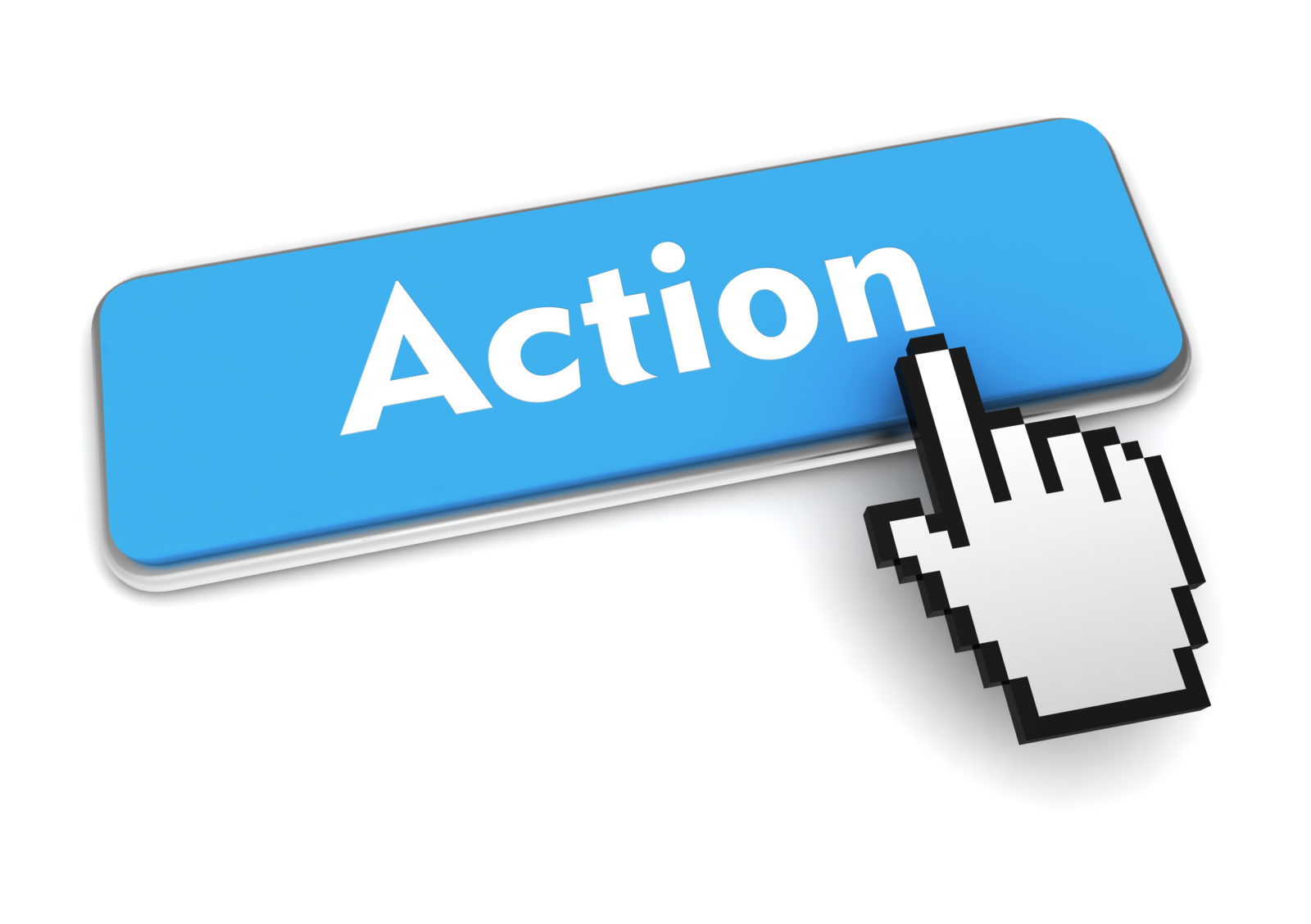Reach Out and Touch Someone (digitally of course)

Does your website have an easy way to engage with potential customers?
“A Call-to-Action (CTA) is the best way to get website visitors to interact with you,” says Jeff Rose, DeLaune’s SEO and website specialist.
A button saying something like Download White Paper, Call Now, or Contact Us for More Information will entice visitors into buying or sending you their contact information so they can turn into a lead.
Here are some basic rules to follow when adding or modifying CTAs on your website.
Each Page or Section Needs its own CTA
Does each page or section on your website have a clear Call to Action? If the CTA button is hard to find or confusing, the visitor is likely to leave.
Does the CTA Stand Out with Color/Font/Position?
Does the CTA stand out? Colors and fonts should catch the visitors’ eye. Place the CTA on your home page “above the fold” on the part of the website visitors can see before they begin to scroll.
Make Sure Your CTA is Clearly Defined
Does the website visitor know what to expect when they click the button? Don’t try to be cute or trendy. “Let’s be friends” as a CTA button doesn’t tell visitors as much as “Contact Us.”
Add a Value Proposition Before the CTA
A value prop explains to the website visitor what will happen when they click the CTA button. Perhaps a line explaining “Download the white paper about our tax software.” And then place the “Download” CTA button. Another example is “Our service technicians are standing by 24/7.” And then place the “Call Now” CTA button.
Website CTAs Depend on the Business and Industry
“Think through what you want potential customers to do,” says Rose.
If you’re selling a retail product, make sure it’s clear how the visitor can add the products to their cart and check out.
If you provide a more technical or involved service or product such as software or technology services, you might want a potential customer to download a brochure or email your company for more information.
“You may not need an ‘add to cart’ CTA if you aren’t selling retail products for example, but think about what visitors to your website would want to do if you were a visitor to it?”
Browse the Web for Ideas
Once you start looking at your own company website through the eyes of a visitor, you’ll start to notice other websites and see how effective their CTA buttons are.
Are your competitors making it easy to engage visitors? Websites that aren’t in your industry or attracting your potential customers can still provide valuable information about what works and what doesn’t.
“If you are responding well to a website’s CTA buttons and are encouraged to click them for more information or to download a document,” explains Rose, “chances are some of those same CTA button tactics might work well on your website with your potential customers.”
To find out more about making your website as effective as possible, contact us.

Leave a Reply